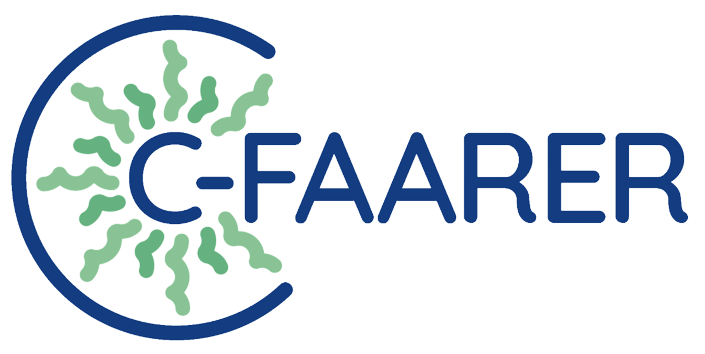Sargassum Seaweed in Ireland
Sargassum seaweed poses a growing threat to Ireland's crucial seagrass meadows and coastal ecosystems. The excessive accumulation of Sargassum can lead to considerable damage to the environment, human health, and the local economy, as seen in the Caribbean, the Gulf of Mexico, and West Africa.
The impacts of Sargassum events include the contamination of beaches, suffocation of coral reefs, harm to fisheries, and adverse effects on tourism and the local economy. In Ireland, the invasive seaweed is a concern for the vital seagrass meadows.
Sargassum seaweed
Sargassum muticum, a type of seaweed from Japan, has recently invaded the shores of Ireland, where it has become a significant concern. While it is a small and harmless seaweed in its native Japanese waters, outside of Japan, it can grow up to 16 meters long and has spread to various coastal areas in the south, southeast, southwest, west, and northeast of Ireland.
Sargassum muticum was first discovered in Strangford Lough, Co. Down, Northern Ireland, in 1995. Since then, it has spread to many coastal areas in Ireland. Efforts are being made to monitor and control its spread to protect the local marine environment.
The invasion of Sargassum muticum in Ireland is a cause for concern due to its potential impact on native species and coastal ecosystems. Efforts to manage and control its spread are important to protect the biodiversity and ecological balance of Ireland's coastal waters.
Threats
The threats of Sargassum seaweed in Ireland include:
Damage to Ecosystems: Sargassum can smother seagrass habitats and harm fisheries.
Economic Impact: The accumulation of Sargassum can devastate the tourist industry and local economy.
Invasive Species: It poses a threat to Ireland's crucial seagrass meadows.
Solutions
Several solutions have been proposed to address the challenges posed by Sargassum seaweed, including:
Safe Protocols for Collection and Removal: Implementing safe protocols for Sargassum collection and biomass removal to prevent negative impacts on the environment and wildlife.
Reduction of Nutrient Input: Reducing the nutrients dumped into the sea to mitigate the growth of Sargassum blooms.
Harvesting and Farming: Harvesting and farming Sargassum for alternative uses, such as biofuels, biofertilizers, and bioplastics, to turn the seaweed into a valuable resource and prevent it from reaching the shore.
In conclusion, the threats of Sargassum seaweed in Ireland are significant, particularly to seagrass meadows and coastal ecosystems. However, there are potential solutions, such as safe collection protocols, nutrient reduction, and the development of harvesting and farming methods, that could help mitigate these challenges and turn Sargassum into a valuable resource.
Search the Blog….
Visit us on Instagram















